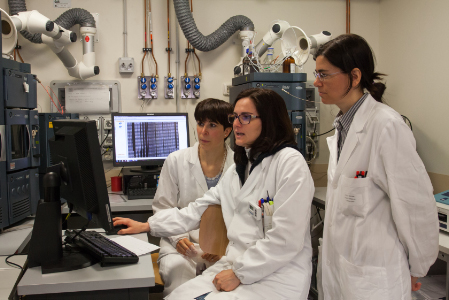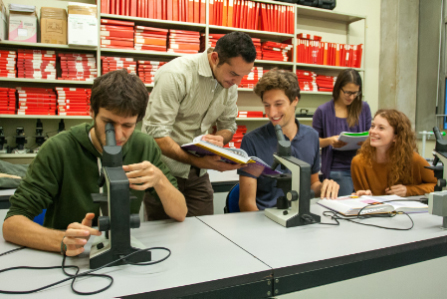Objectives: To develop a simple, widely accessible, and accurate method for
determining the liver peptide hormone hepcidin.
Background/Rationale: HH (OMIM: +235200) is an inherited disorder characterized
by progressive iron deposition in parenchymal organs, leading to complications
including cirrhosis, diabetes and cardiomyopathy. Classic HH is due to homozygosis
for the C282Y mutation in the HFE gene. Other genes involved in HH include TFR2
(*604720), HJV (*608374), SLC40A1 (*604653), and HAMP (*606464). While the
role of some encoded proteins, i.e. HFE protein, transferrin receptor 2 (TFR2), and
hemojuvelin (HJV), is still unclear, the HAMP product (hepcidin) is now recognized
as the key regulator of iron homeostasis, by controlling iron duodenal absorption, and
release from macrophages. Studies on HFE−deficient animals, and on hepcidin mRNA
expression in human liver biopsies, have led to the unifying concept that insufficient
hepcidin production is the key pathogenetic feature of HH. Measuring hepcidin levels
in easily available samples (urine, blood) is of paramount clinical importance, but
serious technical problems have hampered the development of widely available
methods. To date, only one complex immunodot assay, applicable to few cases and
available at a single centre in the world, has been successfully used to accurately
quantify urinary hepcidin.
Description of the project: in line with preliminary, semi−quantitative results recently
obtained by surface−enhanced laser desorption/ionization time−of−flight mass
spectrometry (SELDI−TOF−MS), we will use a similar technique to provide a
quantitatively accurate, high−throughput, hepcidin assay. Urinary samples from HH
patients and controls will be used.
Anticipated output: this assay is predicted to be very useful for further understanding
of HH pathophysiology, and as a first step for HH diagnosis, especially in non−classic
forms where cumbersome screening for mutations in multiple genes is often needed.







